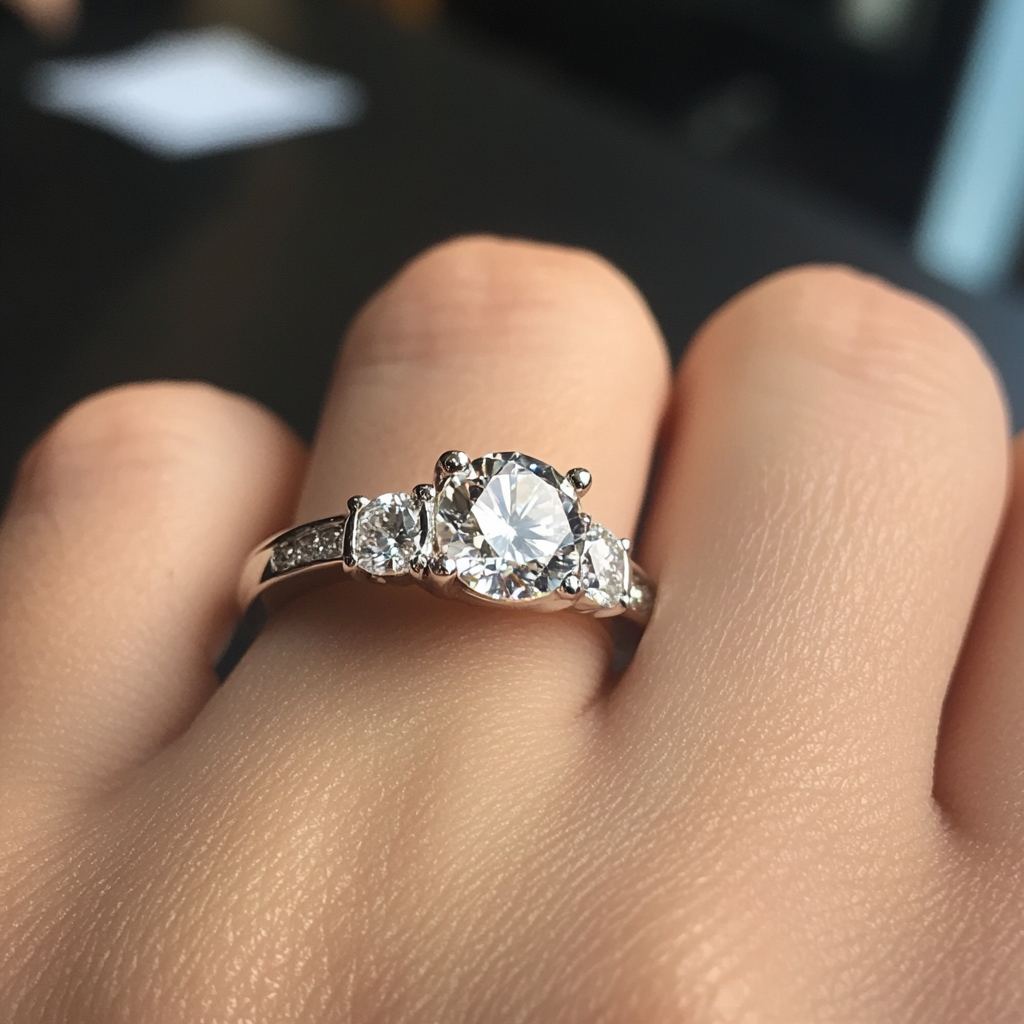Indylady
Ideal_Rock
- Joined
- Apr 28, 2008
- Messages
- 5,777
I know many of us are treatment purists. I recently accidentally purchased a very high heat pair of rubies, and I actually kind of love them for what they are. They’re quite pretty! From what I’ve heard, these rubies can be a lot more delicate and prone to chip or break, but I don’t have a citation for that. Any other tips on BE treated/high heat rubies? I think I’d like another one. I’ll always be on the lookout for high-quality low-heat/traditional heated or unheated rubies, but it’s exciting to get a little size for the buck and fun to try something new.







300x240.png)